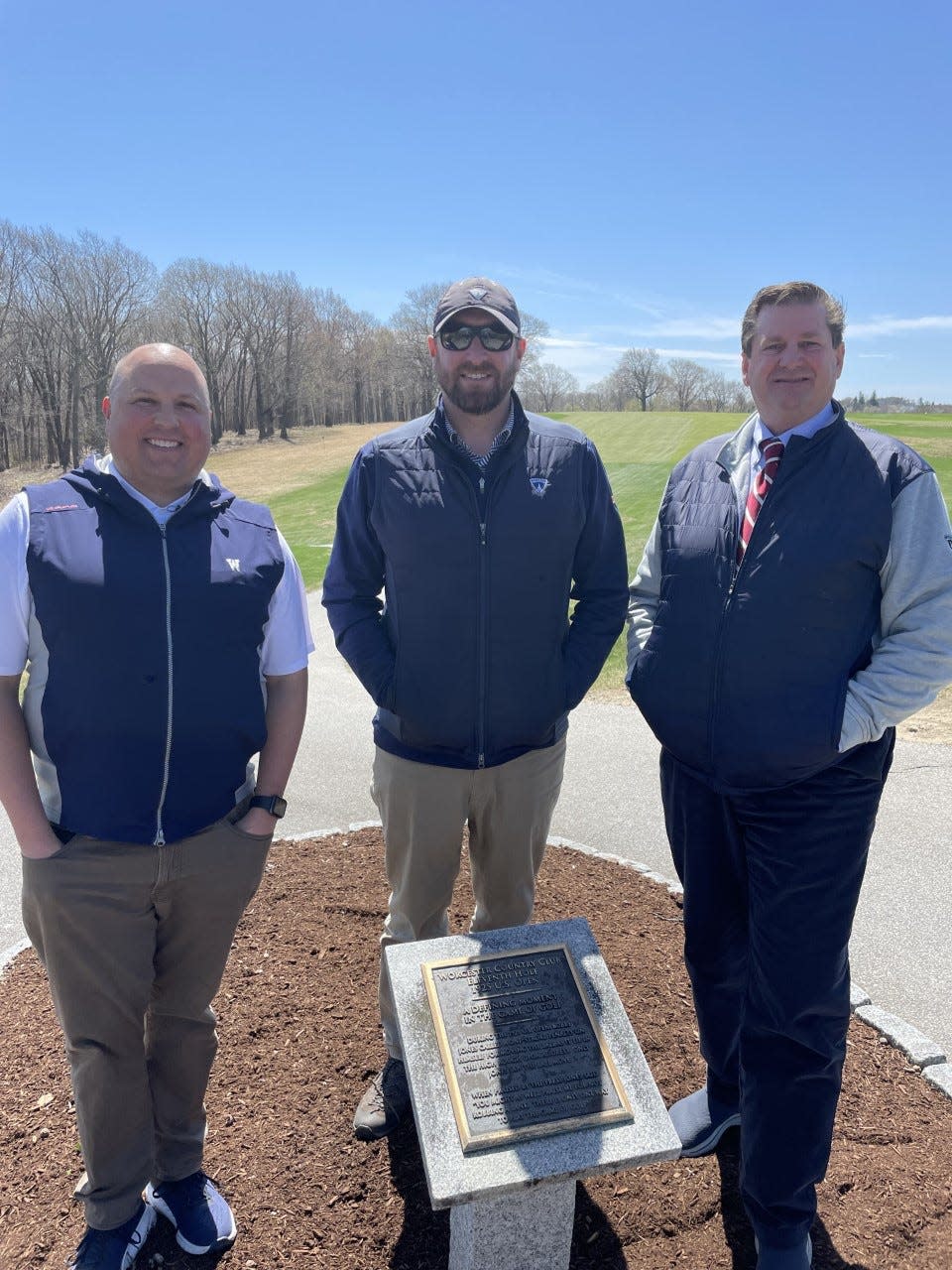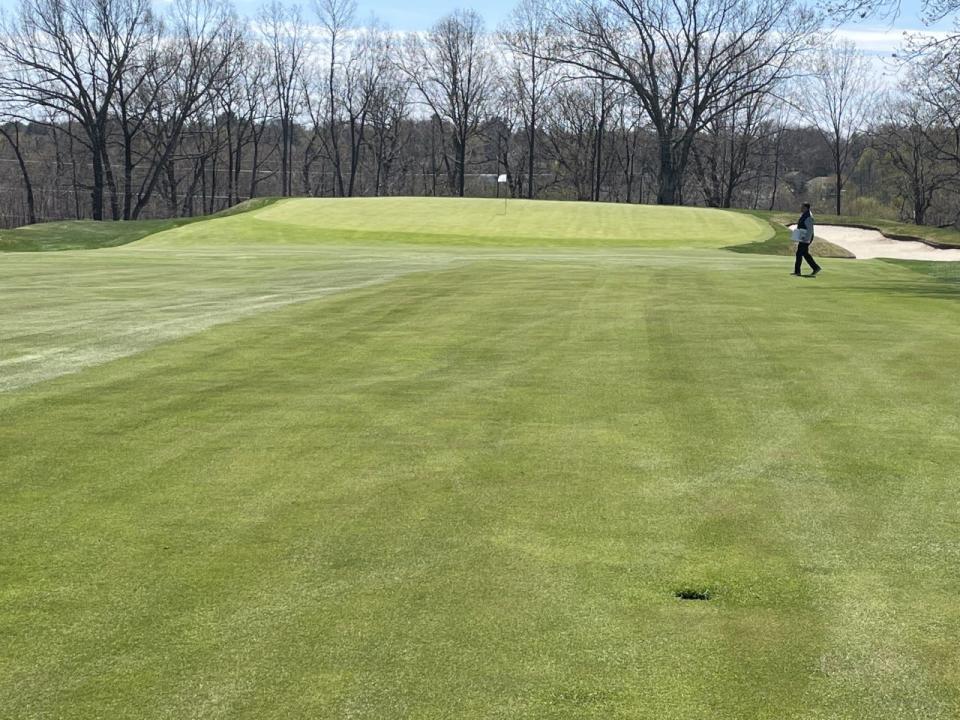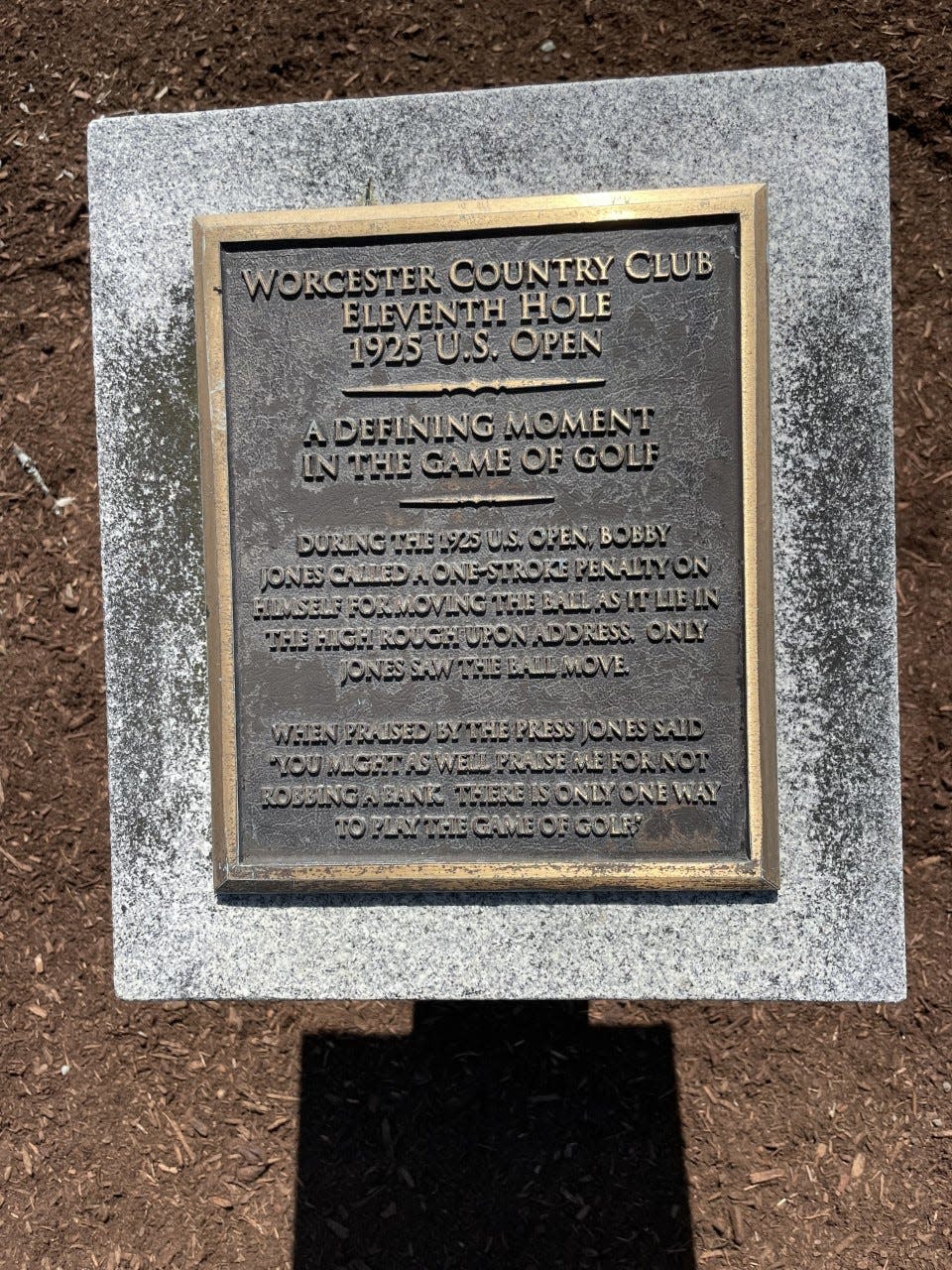Historic Worcester CC takes on $3.7M restoration, beginning July 31

Worcester Country Club is one of the best golf courses in the state, and the members want to keep it that way.
So the club will undergo a $3.7 million restoration beginning on July 31 and lasting through late November, to return the course to what Donald Ross had in mind when he designed it more than a century ago. Noted golf course architect Gil Hanse will oversee the project with assistance from Ross expert Bradley Klein.
Worcester CC underwent a Ron Prichard master plan from 2005-2007 to expand greens and fairways, renovate the bunkers and tees, and update the irrigation system. Many trees were lost due to an ice storm and the influx of Asian longhorned beetles in 2008 and 2009, and others were removed afterward to open playing corridors.
“New England golf courses have a tendency where everything starts to creep in,” WCC superintendent Adam Moore said, “so it’s trying to bring the scale back so it’s fun for everybody. It’s fun for higher handicappers, and it can be challenging for lower handicappers.”
This latest restoration will involve many of the same concerns. Moore pointed out that bunkers need to be restored or renovated every 10-15 years because the sand degrades and gets contaminated due to drainage issues and the sides of the bunkers wearing down.
More greens and fairways will be expanded, and more trees will be removed. Hanse plans to add 100-150 yards from the back tees and subtract 450-500 yards by building more forward tees.

The most noticeable change will be the lowering of the 11th green by 8-10 feet, to its original height. Approach shots will be able to roll down onto the green. The golf course architectural firm of Cornish and Silva raised the 11th green in the early 1970s. Moore isn’t sure why, but he heard the putting surface wasn’t holding up well at the time.
Moore expects the 11th green to be closed from late August or early September, until May or June of next year.
The bunker to the right of the green will be removed and another built at the original location down the fairway a bit and across from a bunker to the left of the fairway. A new back tee will lengthen the hole by 12 yards for a total of 420, and a new front tee will be built 20 yards closer to the green.
History made here
The 11th hole is famous for four-time U.S. Open champion Bobby Jones calling a one-stroke penalty stroke on himself during the first round of the 1925 U.S. Open for causing his ball to move in the high rough while he addressed it. No one else saw his ball move, so officials left it up to Jones to decide what to do, and he insisted on being assessed a penalty stroke.
When the media praised Jones for his sportsmanship, he said, “You might as well praise me for not robbing a bank. There is only one way to play the game of golf.”
Jones went on to lose in a 36-hole playoff to Willie MacFarlane. A plaque next to the 11th tee details the incident, labeling it “A defining moment in the game of golf.”
“I think Bobby Jones on hole 11 here at Worcester Country Club,” WCC head pro Andy Lane said, “is one of the most underrated and untold stories in the game of golf. You could make the argument that the etiquette in the game was really created right here at hole 11 at Worcester Country Club that still exists to this day.”

General manager Troy Sprister said the reaction of members to the restoration project has been “extremely positive. They’re excited to get it done.”
Members have looked forward to the master plan with Hanse since it was finalized in 2018. Hanse has worked on such esteemed golf courses as The Country Club, TPC Boston, Merion, Kittansett Club, Taconic Golf Club, Oakland Hills, Winged Foot and Los Angeles CC.
Hanse also developed a master plan in 2009 to restore Whitinsville Golf Club, a 1925 Donald Ross design.
Art Fitzgerald, Whitinsville GC greens chairman at the time and a perennial club champion, asked Hanse to undertake the job, and he turned him down. Then he was convinced to change his mind by two-time Masters champion Ben Crenshaw, who enjoyed playing Whitinsville when he used to play in PGA Tour events at Pleasant Valley CC. Crenshaw and Bill Moore, by the way, are building a new course in place of the Pines at the International in Bolton.
Fitzgerald now belongs to Worcester CC as well as Whitinsville, and he helped recruit Hanse to devise this master plan.
Hanse has visited Worcester CC several times in recent years and will return in August. He pointed out in his master plan that the club is more fortunate than most classic-era courses because the holes are still in their original sequence.
“The first walk-around we did,” Moore said, “he was really impressed with the land. We have a kind of a unique championship history, too, that I think was appealing.”
Hanse’s more than two-hour presentation to the membership in 2018 was recorded and is available on YouTube.
Course dressing for success
At Worcester CC, some fairways and greens have been expanded, some forward tees have been added, and some trees have been removed since 2018, but most of the work will begin on July 31. Some greens will be expanded by about 10%. Wider fairways and larger greens give golfers more opportunities for success, as long as they don’t three-putt.
Pins could be tucked in several positions on Ross greens, but some of those positions were eliminated when Worcester CC’s greens grew smaller and faster. Ross designed generous fairways with the expectation that golfers needed to be on the proper side of them to attack the flagsticks.
“We’ve gotten away from that over the years,” Sprister said. “So these fairway expansions will help create more corridors to attack some of these flags. The green expansion will not only make the greens easier to hit, they will afford us more hole placements.”
The last restoration lasted three golf seasons, but this one will take place during only one to minimize the impact to the membership. Nevertheless, holes will have to close while restoration takes place.
When the 48th annual Lori Lajoie Charity Golf Tournament takes place on Monday, Aug. 7, the 12th, 13th and 14th holes will be closed for restorations. So the tournament likely will consist of only 15 holes, but Sprister said a special par-3 hole may be set up on the driving range. The tournament has raised more than $7 million for the Seven Hills Foundation, Greater Worcester’s largest provider of programs for the developmentally and physically challenged. It is the only double shotgun event that the club hosts.

The club championship will be held in July before the restorations begin.
The club underwent a $2.2 million renovation of the clubhouse dining room and bar area about a decade ago.
Sprister said the restoration of the course had nothing to do with the club’s unsuccessful attempt to host the 2025 Solheim Cup, but the club has accepted an invitation to bid on the 2032 Solheim Cup.
Sprister said he and Lane set a goal of elevating Worcester CC into Golf Digest’s top 100 classic golf courses, and they hope this restoration project helps accomplish that feat. After Hanse restored Whitinsville, that club moved into the top 100 classic golf courses for the first time, at No. 97 in 2013.
In Golf Digest’s most recent Massachusetts rankings in 2021, Worcester CC jumped from 17th to 12th, which Sprister believes is still too low.
Lane said the restoration will help the club stand out while it celebrates the 100th anniversaries of hosting the 1925 U.S. Open and the inaugural Ryder Cup in 1927.
Worcester CC traces its roots back to 1900 when Worcester Golf Club was founded on Lincoln Street. The club hired Ross in 1913 to design an 18-hole golf course on its present site on Rice Street and in 1914 former President William Howard Taft hit the first tee shot during the club’s opening ceremony.
Suggestions are welcome
You can suggest story ideas for this golf column by reaching me at the email listed below. Comments are also welcomed.
—Contact Bill Doyle at bcdoyle15@charter.net. Follow him on Twitter@BillDoyle15
This article originally appeared on Telegram & Gazette: Worcester Country Club takes on $3.7M restoration later this season

